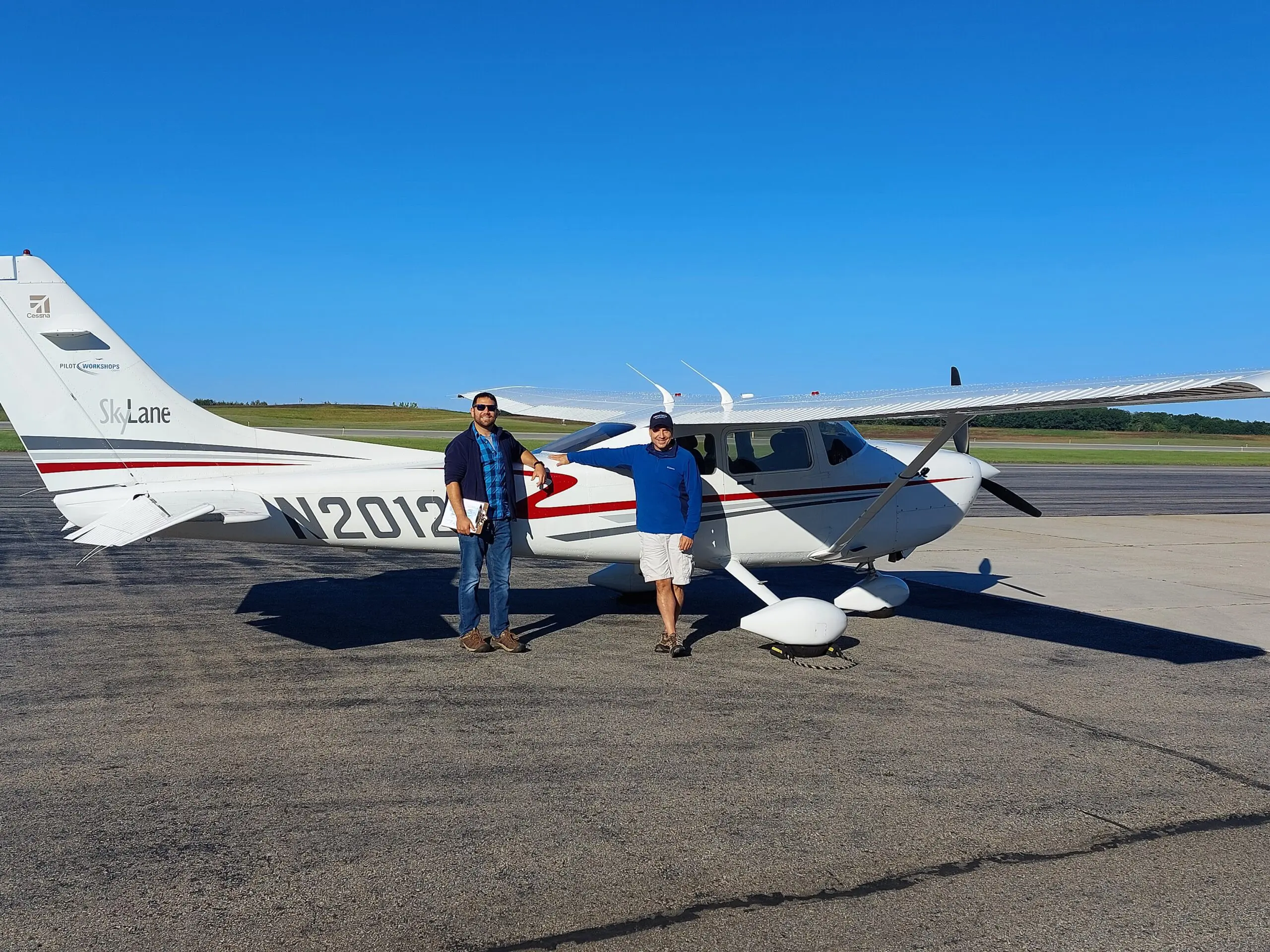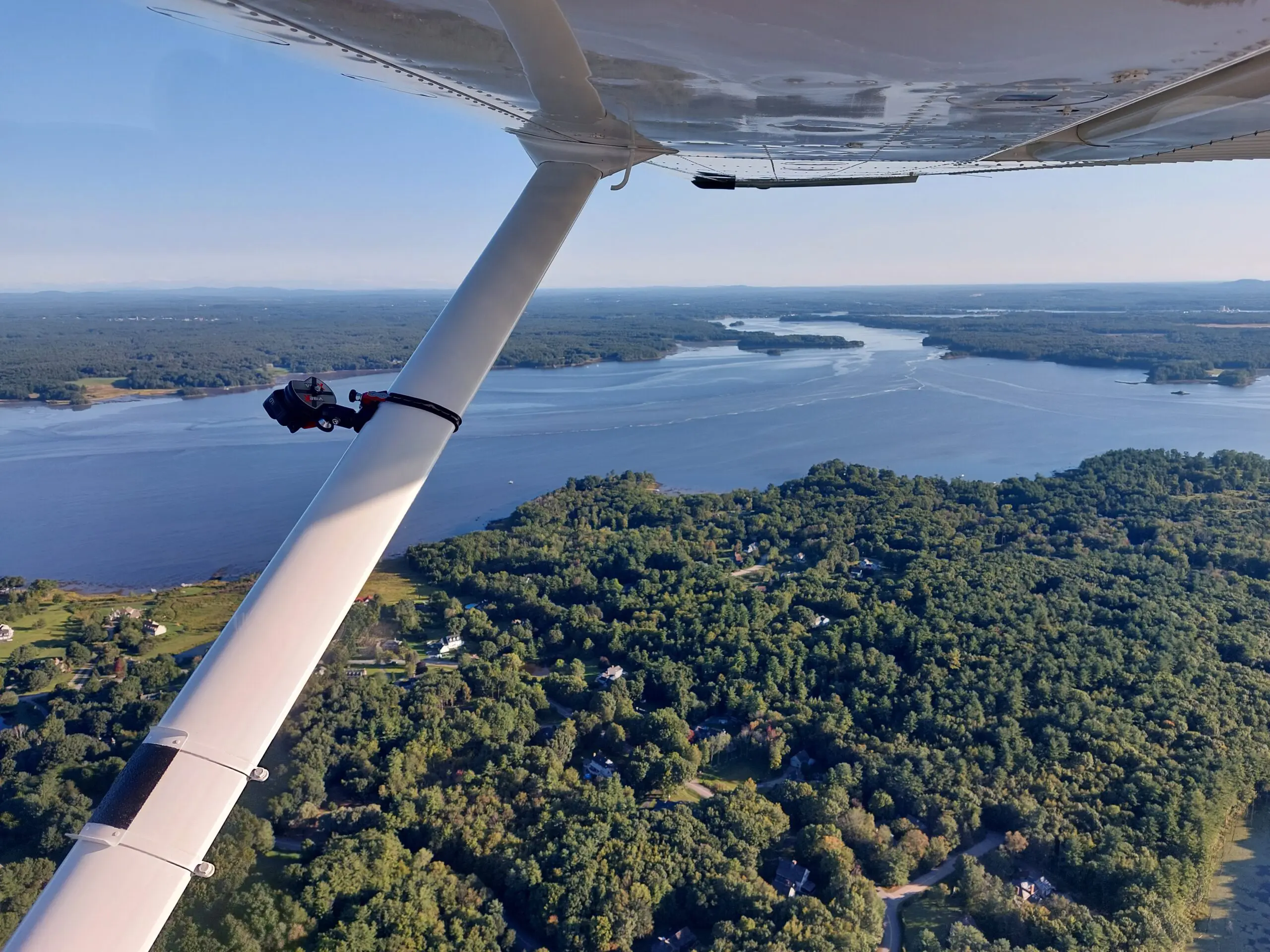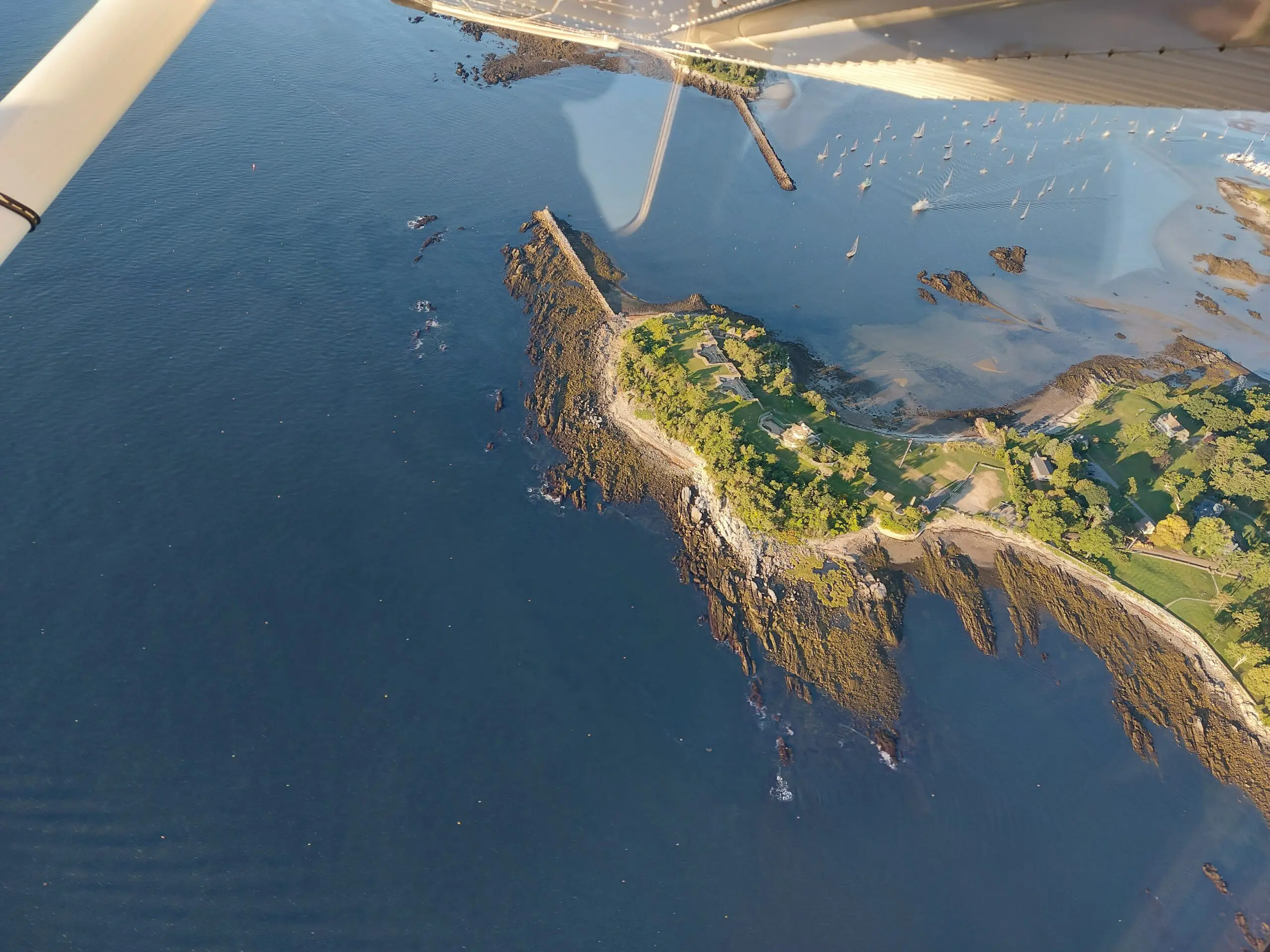We all know that “win wins” are an actual thing; they do happen. But this win win for LightHawk and PREP does feel a bit too good to be true.
LightHawk is a non-profit that uses aviation to help the environment…all over the planet. LightHawk staff combine with experienced pilots who just want to fly and make sure the planet they have seen from many unique perspectives is as healthy as it can be. This team then collaborates with organizations like the Piscataqua Region Estuaries Partnership (PREP), which has a real need to be able see the estuary from a true “bird’s eye” view.
This past summer LightHawk and PREP collaborated to augment PREP’s ability to take a step back—or a step “up” in this case—and see how the estuary is responding to climate change as well as ongoing pollution reduction efforts happening around the Piscataqua Region watershed, such as stormwater control efforts and wastewater treatment plan improvements. On September 8, 2021, LightHawk volunteer pilot, Mark Robidoux, and PREP habitat and restoration program manager, Trevor Mattera, flew over the Great Bay Estuary at less than 1,000 feet to see what parts of the estuary are covered with seagrass.

Related drone and SCUBA-based work will provide additional and complementary levels of detail. The great thing about airplanes versus these other methods is that you can capture the entire estuary in one morning’s flight; it takes many, many days to cover the same area with drones and or SCUBA. While these latter options provide more detail, the overflight provides that basic understanding of where the seagrass is…and isn’t.
“The fact that LightHawk is willing to donate their time to do this, saving resources for PREP and the citizens that contribute to PREP…it’s really fantastic,” says Dr. Matso, PREP’s coastal scientist. “I find myself running it over in my brain to make sure I haven’t misunderstood something. We are very grateful to LightHawk for their collaboration.”

Scientists, municipalities, and everyone else who enjoys having a healthy estuary with plenty of fish and clear water to paddle on are eager to see if our efforts to clean up the estuary results in more seagrass, one of the key habitats in our estuary. Other key habitats include oysters, salt marshes, mud flats, and the rock kelp that grows on cliffs and boulders in the intertidal zone.
Stay tuned for the latest status and trends report on these key habitats and more in the upcoming State of Our Estuaries report in December 2022.

